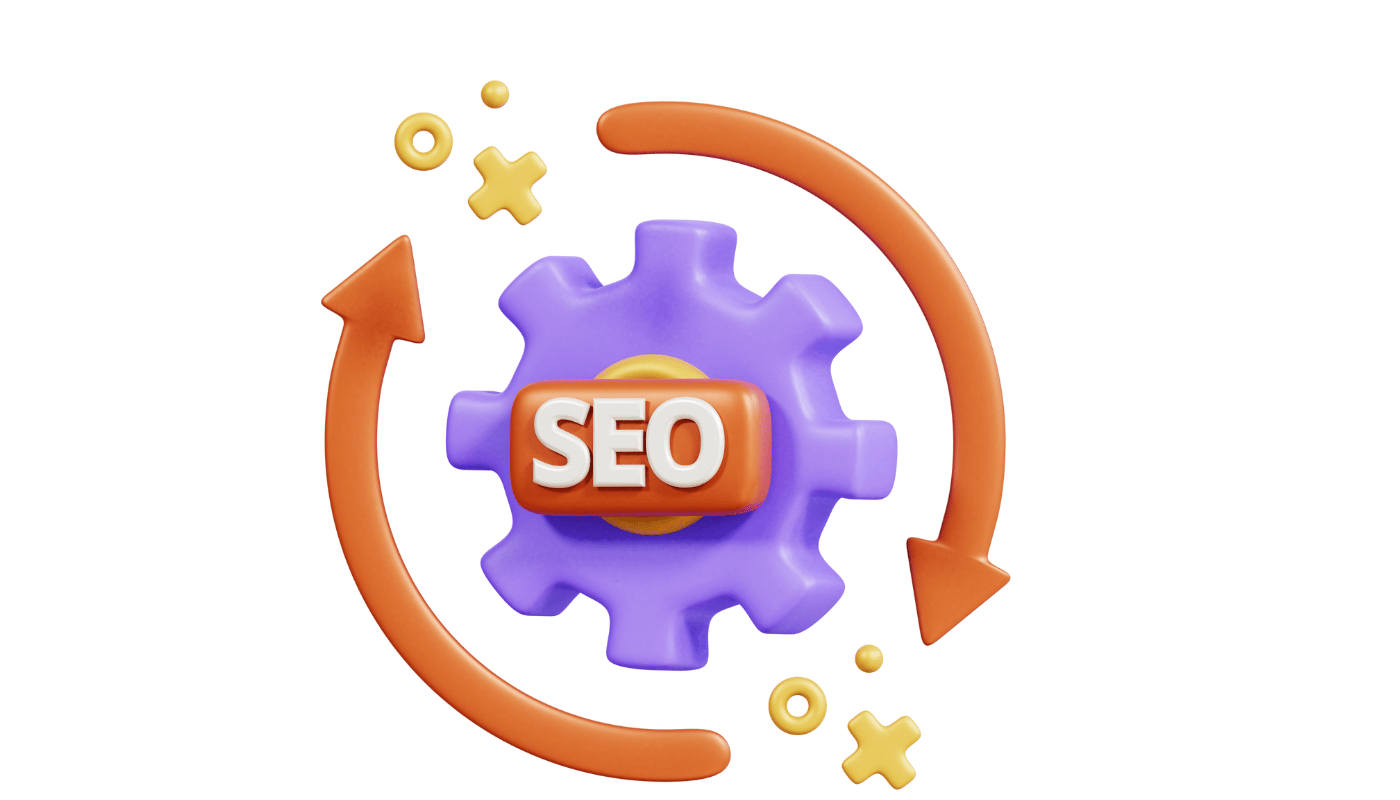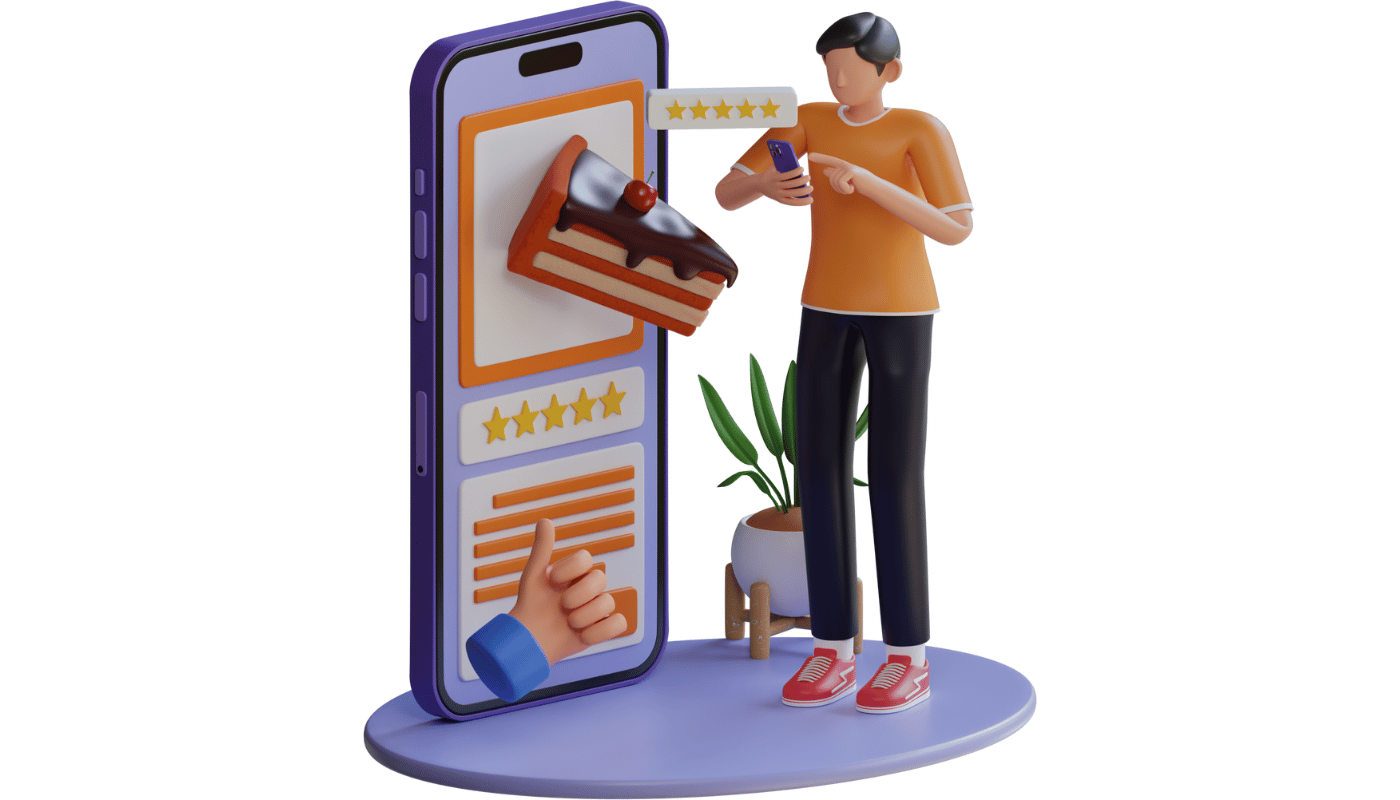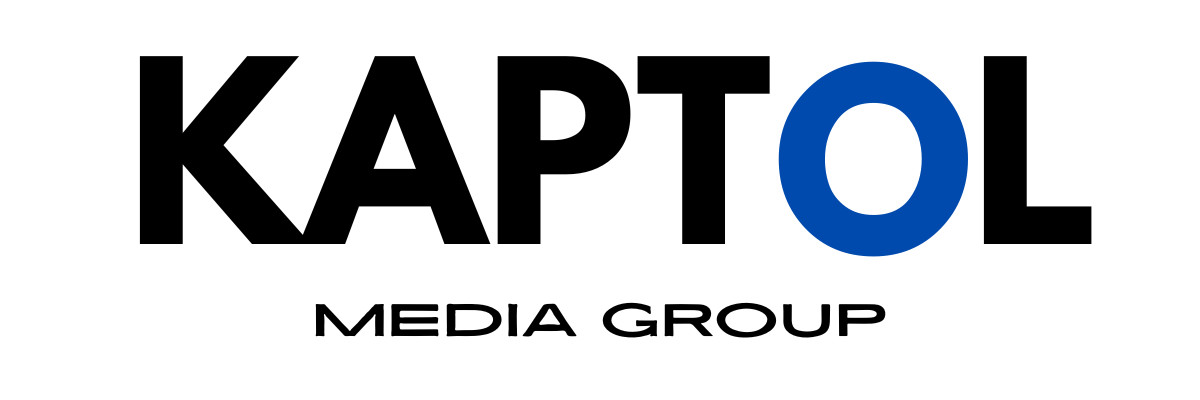What is Interrupt Marketing?
Understanding Interrupt Marketing
Its Impact and Applications

Interrupt marketing, also known as interruption marketing, is a traditional advertising strategy where advertisements unexpectedly "interrupt" a viewer's activities to capture their attention.
This marketing approach is distinct from permission-based marketing methods, such as content marketing or opt-in emails, where the audience has already expressed interest in receiving the promotional messages.
In this article, we will explore the concept of interrupt marketing, its effectiveness, examples, challenges, and considerations for businesses looking to leverage this strategy.
The Basics of Interrupt Marketing.
Interrupt marketing is a cornerstone of traditional advertising, known for its direct and sometimes aggressive tactics designed to grab consumer attention.
It operates on the premise of creating a compelling enough message that it can break through the clutter of daily life and engage consumers, often at moments when they least expect it.
Here we will explore the mechanisms, objectives, and various forms of interrupt marketing in detail.
Mechanisms of Interrupt Marketing
Interrupt marketing works by inserting advertisements into moments of consumer activity where there isn't an explicit request for marketing content.
The primary mechanisms include:
- Visual and Audio Cues: These are designed to capture attention abruptly. Bright colours, loud sounds, or catchy jingles are common in TV and radio ads.
- Placement Strategy: Ads are strategically placed where they are likely to be encountered, such as in the middle of a television program, during a radio show, or as pop-ups on a website that a user is browsing.
- Timing: Advertisements are often timed to coincide with peak usage times to maximise visibility and impact, such as during popular TV show hours or holiday seasons.
Objectives of Interrupt Marketing
The overarching objective of interrupt marketing is to generate immediate brand awareness.
Here’s how it aims to achieve this:
- Creating Impulse Reactions: By interrupting the flow of content, these ads encourage quick decision-making, often capitalising on impulse purchases or snap judgments about a product.
- Expanding Audience Reach: This form of marketing allows companies to reach a broad audience, including those who might not have come across the product or service through other channels.
- Reinforcing Brand Presence: Frequent exposure to a brand through interruptive ads can enhance brand recall, making it more likely that consumers will think of the brand when making related purchasing decisions.
Common Examples and Their Impact
- Television Commercials: These are one of the most visible forms of interrupt marketing. A commercial break during a popular TV show can expose a brand to millions of viewers simultaneously.
- Radio Ads: Similar to TV, radio ads break into programming to deliver brief, often catchy messages aimed at listeners during commute times or popular broadcast hours.
- Telemarketing Calls: These involve direct phone calls to potential customers. While effective in reaching an audience directly, they are also often viewed as invasive, which can be counterproductive.
- Pop-Up Ads: In the digital realm, pop-up ads are used to attract attention by blocking part or all of a webpage until some interaction occurs, such as closing the ad or clicking through to the advertised site.
- Email Blasts: Sending unsolicited emails with promotional content can be seen as interruptive, especially if the recipient has not opted into communication.
Evaluating Effectiveness and Consumer Reception
While interrupt marketing can be effective in terms of reach and immediate impact, its intrusiveness can sometimes lead to negative consumer reactions.
The rise of ad blockers and DVRs that skip commercials are testaments to growing consumer resistance. In response, marketers must continually innovate to ensure that their interruptive tactics are not only noticed but also appreciated or at least tolerated by their audience.
The fundamentals of interrupt marketing revolve around strategic interruption of the consumer's daily routine to implant a brand's message.
While effective, the balance between capturing attention and maintaining consumer goodwill is delicate, necessitating creative, thoughtful, and consumer-friendly approaches in modern marketing campaigns.
The Effectiveness of Interrupt Marketing in the Modern Media Landscape
The debate around the effectiveness of interrupt marketing in today's digital-centric world is ongoing, as the landscape of consumer media consumption has dramatically changed. While traditional forms of interrupt marketing once dominated advertising spheres, the rise of digital technology and consumer control over media choices have posed significant challenges.
Let's explore how these factors have impacted interrupt marketing and how it can still hold value when applied with strategic finesse.
Challenges in the Digital Age
- Increased Consumer Control: Today's consumers have unprecedented control over what they watch, listen to, and interact with, thanks to technologies like ad blockers, DVRs, and on-demand streaming services. These tools allow consumers to skip or avoid advertisements altogether, reducing the reach and frequency of traditional interruptive ads.
- Fragmentation of Media: The proliferation of digital channels has fragmented audiences more than ever before. People consume content across various platforms and devices, making it difficult for marketers to capture a significant audience through any single medium.
- Ad Saturation: Consumers are bombarded with advertisements from multiple sources, leading to ad fatigue. This saturation makes it harder for any single ad to stand out, diminishing the impact of traditional interrupt marketing techniques.
Strategies for Effective Interrupt Marketing
Despite these challenges, interrupt marketing can still be successful if marketers adapt their strategies to the evolving media environment.
Here are some ways to enhance the effectiveness of interrupt marketing:
- Relevance and Personalisation: Ads that are highly relevant to the viewer's interests and needs are more likely to be welcomed rather than viewed as an annoyance. Using data analytics to understand consumer behaviour and preferences can help in crafting personalised messages that resonate with the target audience.
- Creative Presentation: Innovative and engaging ad designs can capture attention even in a cluttered media space. Utilising interactive elements, humour, or emotional storytelling can make interruptive ads more engaging and memorable.
- Strategic Placement and Timing: Placing ads in less intrusive contexts or during moments when consumers are more receptive to messages can improve effectiveness. For example, advertising during live events where ad skipping is less likely, or using banner ads on websites that provide complementary content to the user's current interests can be more effective.
- Leveraging New Technologies: Embracing emerging technologies like augmented reality or interactive video ads can provide a novel experience that garners positive attention rather than irritation.
- Multi-Channel Integration: Coordinating interruptive ads across multiple platforms can amplify the message and reinforce brand recall. This integrated approach ensures that even if some ads are skipped or blocked, others may reach the audience through different channels.
Evaluating Effectiveness
To truly gauge the effectiveness of interrupt marketing strategies in this new era, marketers must rely on advanced metrics and data analysis. Monitoring engagement rates, click-through rates, conversion rates, and sentiment analysis can provide insights into how interruptive ads are performing and how they are perceived by the audience.
While the effectiveness of interrupt marketing has been challenged by modern technological advancements and changing consumer behaviours, it still has a place in the advertising mix. By focusing on relevance, creativity, and strategic placement, and by leveraging new technologies and data-driven insights, marketers can refine their interruptive advertising tactics to better engage with and appeal to today's consumers.
In doing so, they can turn potential interruptions into impactful connections.
Examples of Interrupt Marketing
- Television Commercials: These are perhaps the quintessential example of interrupt marketing. A viewer watching a TV show is presented with commercial breaks, which can introduce them to new products or remind them of existing brands.
- Pop-Up Ads: Online pop-up ads appear over or alongside web content, forcing the viewer to notice and often interact with them to continue with their intended activity.
- Cold Calling: Sales calls to potential customers who have not expressed prior interest in the product being offered are a direct form of interrupt marketing.
- Billboard Advertising: While driving, billboards interrupt the landscape, catching the attention of drivers and passengers alike.

Navigating the Challenges of Interrupt Marketing
Interrupt marketing, by its very nature, faces inherent challenges in an era where consumer preferences lean heavily towards uninterrupted, seamless experiences.
The traditional approach of breaking into a user’s entertainment or informational flow can not only be annoying but may also provoke a negative reaction towards the brand.
Here we explore the primary challenges of interrupt marketing and the potential repercussions for brands that fail to tactfully execute these strategies.
Annoyance and Ad Avoidance
The primary challenge with interrupt marketing is the potential to annoy consumers.
Interruptions, especially if frequent and irrelevant, can disrupt the user experience, leading to irritation. This annoyance is a critical factor in ad avoidance behaviours where consumers actively seek ways to circumvent marketing messages, such as:
- Using Ad Blockers: Software that blocks ads from appearing on websites and in apps has become increasingly popular, directly counteracting the efforts of online interrupt marketing.
- Subscribing to Ad-Free Services: Platforms like Netflix and Spotify Premium offer ad-free experiences, which are attractive to consumers looking to avoid interruptions.
- Skipping or Muting Ads: Technologies like DVRs allow users to fast-forward through commercials on recorded programs, and many online video platforms include skip functions after a few seconds.
Negative Brand Perceptions
When interrupt marketing is perceived as overly intrusive or repetitive, it can lead to negative brand perceptions. This reaction can manifest in several ways:
- Brand Resentment: Continuous exposure to unwanted ads can cause consumers to develop a resentment towards the brand, associating it with negative experiences.
- Reduced Trust: Consumers may begin to distrust a brand that repeatedly interrupts their content consumption, viewing it as disrespectful or manipulative.
- Public Backlash: In some cases, particularly egregious campaigns can lead to public backlash, including negative comments on social media and poor reviews, which can quickly escalate in today's connected world.
Decreased Effectiveness Over Time
As consumers become more accustomed to ads and develop more sophisticated methods of avoiding them, the overall effectiveness of interrupt marketing declines. This diminishing return compels marketers to increase the frequency or aggressiveness of ads, which can further alienate the audience.
Ethical and Regulatory Concerns
Interrupt marketing also navigates a landscape of increasing regulatory scrutiny. Regulations such as the General Data Protection Regulation (GDPR) in Europe and similar laws in other regions enforce strict guidelines on how consumer data is collected and used for advertising. These regulations can limit the ability to target and personalise interruptive ads, reducing their relevance and effectiveness.
Strategies to Mitigate Challenges
To address these challenges, marketers need to consider several strategic adjustments:
- Enhancing Relevance: Using data analytics to better understand the audience and tailor ads to their preferences and behaviours can make interruptions feel more relevant and less intrusive.
- Optimising Timing and Frequency: Being mindful of when and how often ads are presented can help reduce annoyance. This includes avoiding ad saturation and choosing times when consumers are more likely to be receptive.
- Engaging Creatively: Crafting ads that are entertaining, informative, or offer genuine value can transform the perception of the interruption from a nuisance to a benefit.
While interrupt marketing faces significant challenges, particularly with the shift towards consumer-controlled media consumption, it is not without its place in a comprehensive marketing strategy.
By acknowledging and strategically addressing these challenges, marketers can still leverage interruptive tactics effectively, ensuring they enhance rather than detract from the consumer experience.
Ethical and Strategic Considerations in Interrupt Marketing
Interrupt marketing, while effective in gaining immediate attention, walks a fine line between being persuasive and being invasive.
As businesses seek to implement these strategies, there is a critical need to balance ethical considerations with commercial objectives to foster trust and maintain a positive brand reputation.
Let's look at the ethical and strategic considerations that companies must navigate when employing interrupt marketing techniques.
Ethical Advertising Practices
The foundation of ethical interrupt marketing lies in respect for the consumer’s time and experience.
Here are some key ethical considerations:
- Transparency: Companies should be upfront about the nature of the ads, clearly identifying sponsored content and providing information on why a user is seeing the advertisement. Transparency builds trust and can mitigate perceptions of manipulation or deception.
- Privacy Respect: Adhering to privacy standards and regulations, such as GDPR, is crucial. Consumers' data should be used responsibly to tailor ads without overstepping personal boundaries or misusing information.
- Avoidance of Misinformation: Ads should be honest and clear in their messaging. The use of exaggerated claims or misleading information can erode trust and damage the brand’s credibility.
- Sensitivity to Context: Ads should be sensitive to the context in which they appear. For example, interrupt marketing tactics might need to be reconsidered in content that requires a high level of focus or in sensitive environments.
Strategic Placement and Frequency
The strategy behind the placement and frequency of interruptive ads can greatly affect their reception:
- Selective Targeting: Instead of broad, indiscriminate placement, ads should be targeted to audiences likely to find the interruption relevant and valuable. Advanced targeting techniques can reduce the number of irrelevant ads a consumer sees, decreasing irritation.
- Optimal Timing: Timing ads for when consumers are more likely to be receptive—such as during natural breaks in content or in alignment with user behaviour patterns—can increase effectiveness and reduce perceived intrusiveness.
- Frequency Caps: Implementing frequency caps can prevent consumers from seeing the same ad too many times, which can be a major source of annoyance and frustration.
Integration of Feedback Mechanisms
Incorporating mechanisms for consumer feedback is essential for refining interrupt marketing strategies:
- Feedback Channels: Providing easy ways for consumers to give feedback on ads enhances user engagement and can help companies adjust their strategies to be less intrusive and more consumer-friendly.
- Monitoring Sentiment: Regular monitoring of consumer sentiment, through social media listening and other feedback tools, can provide real-time insights into how ad campaigns are perceived and allow for timely adjustments.
- A/B Testing: Employing A/B testing on different ad formats and timings can help identify the most effective and least disruptive methods of delivering content.
Ethical and strategic considerations are integral to the successful implementation of interrupt marketing strategies. By focusing on respect for the consumer, privacy, transparency, and strategic ad placement, businesses can achieve a balance that maximises advertising effectiveness while maintaining positive consumer relationships.
Furthermore, the integration of feedback mechanisms ensures that strategies remain aligned with consumer preferences and evolving expectations, fostering a healthier interaction between the advertiser and the audience.
Conclusion
Interrupt marketing remains a viable strategy, particularly when combined with other marketing forms that respect consumer preferences and behaviours.
As the landscape of media consumption continues to evolve, so too must the strategies marketers employ.
By understanding the fundamentals of interrupt marketing and considering its impact on consumer experience, businesses can effectively leverage this approach to enhance their visibility and engagement, while still maintaining a positive relationship with their audience.









